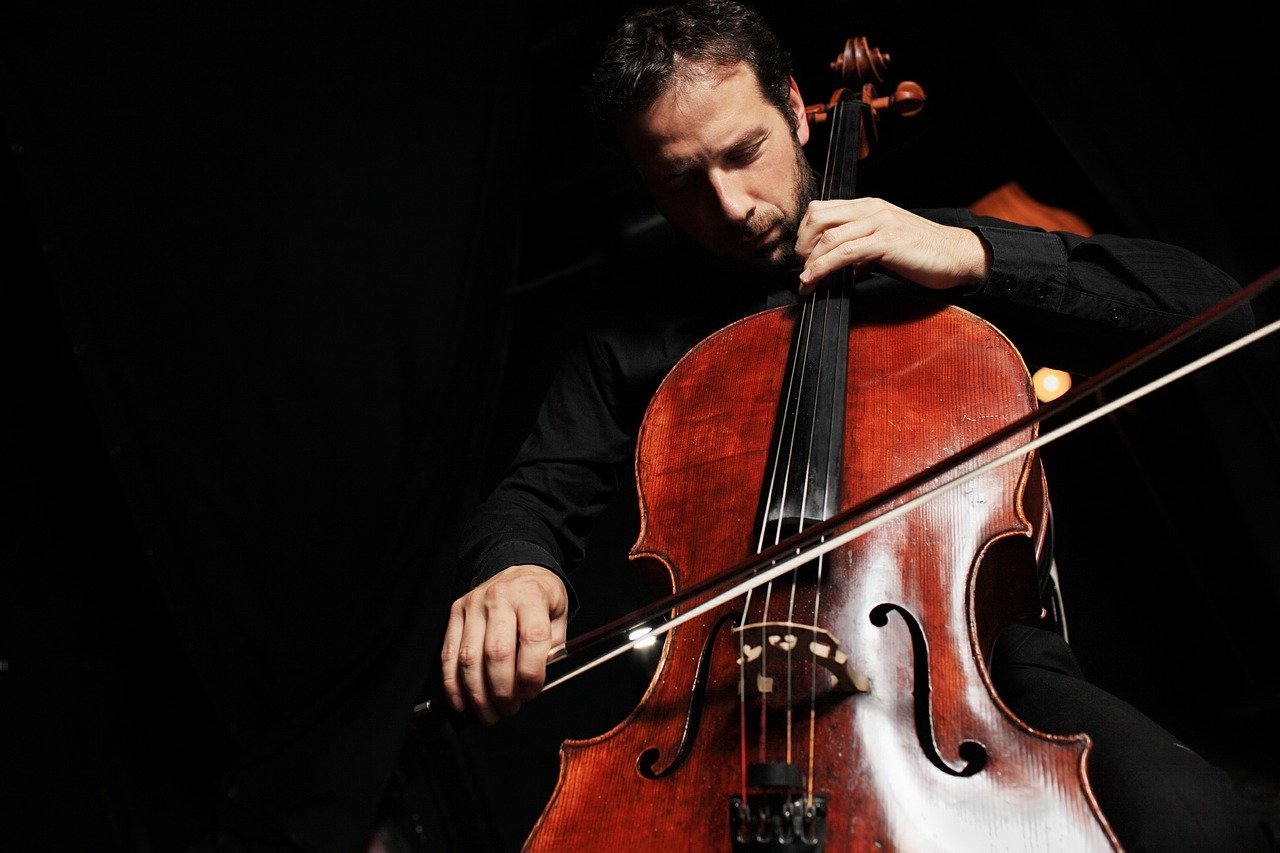
Cello
The cello or violoncello is a stringed instrument. is a violin family bowed (and occasionally plucked) string instrument. C2, G2, D3, and A3 are the four strings, which are commonly tuned in perfect fifths from low to high.
Each of the viola’s four strings is an octave higher. The bass clef is used for most cello music, with tenor clef and treble clef utilized for higher-range parts.
It has a huge solo repertoire with and without accompaniment, as well as several concerti, and is played by a cellist or violoncellist. The cello employs its whole range as a solo instrument, from bass to soprano, and it frequently plays the bass part in chamber music, such as string quartets and the orchestra’s string section, where it may be reinforced one octave lower by the double basses.
The basso continuo group in Baroque music usually includes a cello, viola da gamba, or bassoon, as well as chordal instruments like the organ, harpsichord, lute, or theorbo. From modern Chinese orchestras to electric cello rock bands, cellos can be used in a wide range of ensembles.
Cellos are tuned in fifths, with C2 (two octaves below middle C) being the first, followed by G2, D3, and finally A3. It has the same intervals and strings as the viola, but is tuned an octave lower.
Several brands, such as Yamaha, have started developing electric cellos for the modern age.
The cello, unlike the violin or viola, but like the double bass, has an endpin that rests on the floor to sustain the weight of the instrument. The cello is well known for its role in European classical music. The bass voice of the string quartet (although many composers give it a melodic function as well), as well as many other chamber groups, the instrument is a member of the conventional orchestra as part of the string section.
- Viola vs Violin – 5 Key Differences Between The Two Instruments - March 20, 2024
- 15 of the Most Famous Violinists of All Time (18th Century to Present) - March 20, 2024
- Full School Band Instruments List (Elementary / Middle / High) - March 18, 2024
